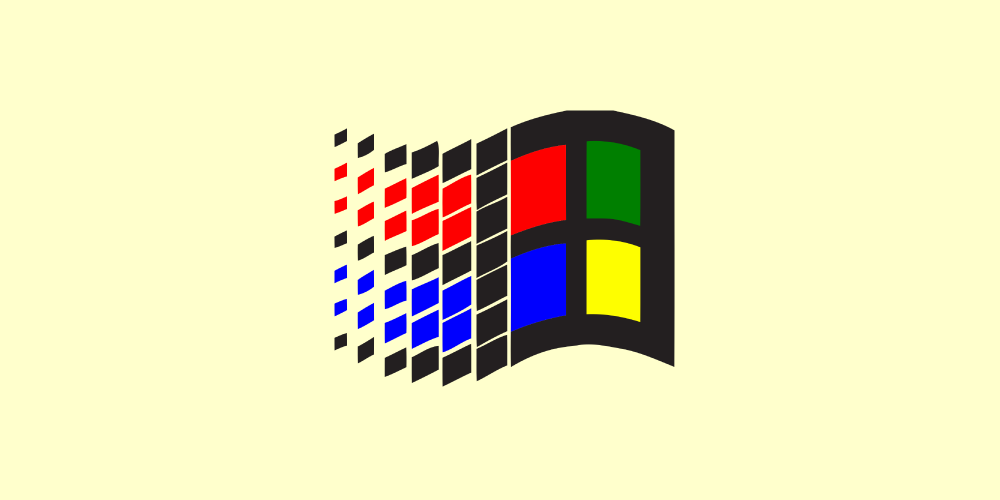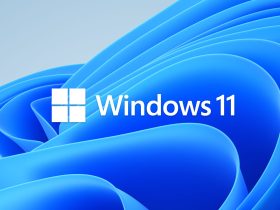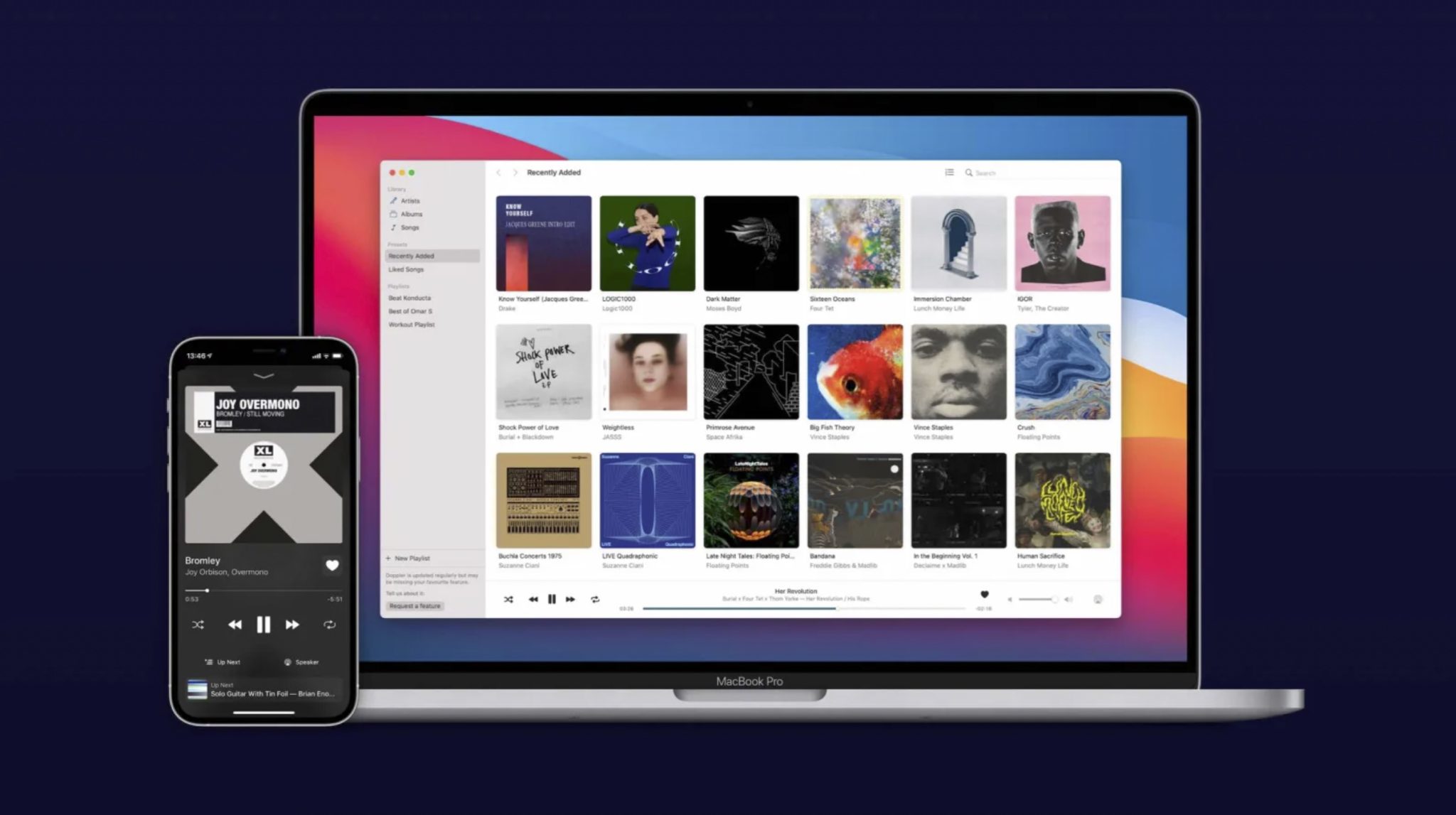Windows is a family of operating systems meant for personal computers. Since my first computer, I had only known Windows as an OS. Today, Windows dominates the OS market, with 46.63% share going to Windows 7, while MacOS has only 3.34% share.
Windows Versions list in Order With their release date
Windows is known for its graphical user interface, multitasking, virtual memory management, and the fact that it supports many peripheral devices. But where did it all start? I was curious and thus decided to write an article in retrospect.
1. Microsoft Disk Operating System (1981)
This was originally developed by Microsoft for IBM. The initial DOS was quite simple. They also had some features of minicomputer operating systems. These allowed users to type MS-DOS commands.
2. Windows 1.0 (1985) – MS Version 1.0

Microsoft introduced the first-ever Windows – named after the computing boxes that represented a core aspect of the operating system. Unlike MS-DOS, this OS gave users to point and click to access the windows.
3. Windows 2.0/286/386 (1987) – MS Version 2.0
The Windows 2.0 was designed for the Intel 286 processor. It also added keyboard shortcuts, desktop icons, and better graphics support.
4. Windows 3.x (1990-1992) – MS Version 3.x

This version offering advanced graphics, better performance, along with 16 colors designed for Intel 386 processors. Windows 3 also introduced the Program Manager, File Manager, and Print Manager. Games like Hearts, Minesweeper, and Solitaire were included in this version.
5. Windows 95 (1995) – MS Version 4.0

Windows 95 was a major upgrade. It also sported a new user interface. It added support for 32-bit applications. This was also the first OS that introduced plug and play of the installed hardware.
6. Windows 98 (1998) – MS Version 4.1

Windows 98 began supporting g FAT32, AGP, MMX, USB, DVD, and ACPI technologies. The OS also integrated the web browser, the Internet Explorer with the operating system, known as Active Desktop.
7. Windows ME (2000) – MS Version 4.9

The Windows Millennium Edition, or more commonly known as Windows ME, improved some of the Windows 2000 operating system features. It nixed the “boot in DOS” option.
8. Windows NT (1993-1996) – MS Versions 3.1, 3.5, 4.0

Another version of the Windows OS, it’s a 32-bit operating system that began support for preemptive multitasking. Windows NT: Windows NT Server and Windows NT Workstation are its two versions.
9. Windows 2000 (2000) – MS Version 5.0

This OS defined the usage of running software, connecting to Internet and Intranet, accessing files, printers, etc.
10. Windows XP (2001) – MS Version 5.1

Windows XP introduced a redesigned look and a new user interface. It was built on the Windows 2000 kernel. It came in two versions – Home and Professional. The OS utilized the 802.11x wireless security standard. It is Microsoft’s best-selling products.
11. Windows Vista (2006) – MS Version 6.0

Windows Vista offered reliability, security, performance improvement, and the ability to detect hardware problems before they occurred. It simplified and centralized desktop configuration management, which eventually dropped the cost to keep the systems updated.
12. Windows 7 (2009) – MS Version 6.1

Windows 7 was released alongside Windows Server 2008 R2, Windows 7’s server counterpart. It featured multi-touch support, improved performance and boot time, Internet Explorer 8, and a new Windows Media Center.
13. Windows 8/8.1 (2012-2013) – MS Version 6.2/6.3

Windows 8 changed the landscape of the OS. It was a complete redesign but it also received flak over the changed Start Menu and general user interface. It added support for both, x86 PCs and ARM processors.
14. Windows 10 (2015) – MS Version 6.4

With Windows 10, Microsoft decided to stop upgrades in a serial number. It has a fast start-up and resume capabilities. It brought back the old Start Menu in a new way, along with Microsoft Edge.
15. Windows 10 S (2017)

Windows 10 S is a streamlined version of Windows 10 but one that gets content via the Internet.
16. Windows Phone (November 2010)
A mobile operating system, Windows Mobile targeted the consumer market. It also introduced a new ‘Metro’ design system user interface. It featured a multi-tab Internet Explorer Mobile Web, a mobile version of Microsoft Office. Its successors are Windows Phone 8 and Windows 10 Mobile.
Conclusion
These were all the Windows operating systems that most of us have used or known. Microsoft decided to ditch Windows 11 in favor of constantly updating Windows 10.
Windows Vista was the first-ever Windows OS that I had used. Which one was yours? Let us know in the comments below.





